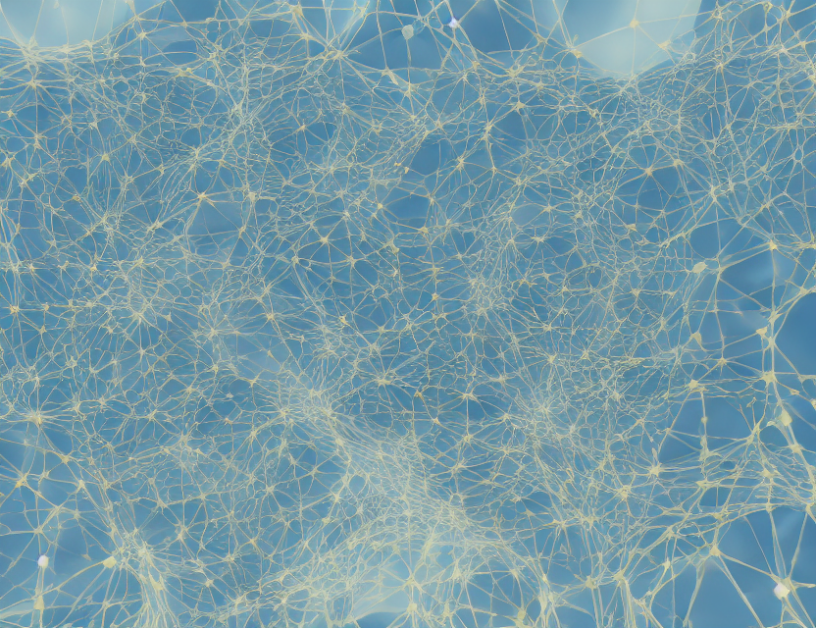In this study, we investigate how brain activity changes when people watch movie clips. We use functional magnetic resonance imaging (fMRI) to collect data and create a map of the brain’s activity. The high dimensionality of the data makes it difficult to analyze, so we reduce its number using an atlas. We divide the brain into 100 areas and find patterns in how these areas work together to create meaningful connections between different regions. These patterns are like roads connecting different places on a map, allowing us to understand how different parts of the brain communicate with each other while watching movies. By analyzing these connections, we identify emergent macro dynamics that help our brains make sense of complex information. In essence, our findings demonstrate how the brain’s functional areas work together like a well-designed network to facilitate efficient communication and meaningful processing of visual content.
Introduction
The human brain is incredibly complex, with billions of neurons working together to help us perceive and understand the world around us. When we watch a movie or look at an image, our brains process this information through a network of interconnected regions. In this study, we want to understand how these connections work and how they change when we perform different cognitive tasks like watching movies.
To do this, we use functional magnetic resonance imaging (fMRI) to collect data on brain activity while people watch movie clips. fMRI measures changes in blood flow in the brain, which allows us to see which areas are active at any given time. The problem is that there are over 140,000 dimensions in this data, making it difficult to analyze. To address this challenge, we use a brain atlas to reduce the number of dimensions and make the calculations more manageable.
The Brain’s Network
The brain can be thought of as a network of interconnected nodes (regions) that communicate with each other through connections called synapses. When we perform cognitive tasks, these connections become active, allowing information to flow between different regions. By analyzing the connections and activity patterns in the brain, we can identify emergent macro dynamics that help us understand how our brains process complex information. In essence, these dynamics are like roads connecting different places on a map, allowing us to understand how different parts of the brain communicate with each other.
Emergence
The concept of emergence is crucial in understanding how complex systems work. Emergence refers to the idea that the whole is greater than the sum of its parts; in other words, the interactions between individual elements create something new and meaningful. In this study, we use emergence to describe the patterns of activity that emerge in the brain when people watch movie clips. These patterns are not predefined but rather emerge from the interactions between different regions of the brain.
Conclusion
In conclusion, our study provides new insights into how the brain processes visual information and how different regions work together to create meaningful connections. By analyzing these connections, we can identify emergent macro dynamics that help us understand how our brains make sense of complex information. In essence, this research demonstrates how the brain’s functional areas work together like a well-designed network to facilitate efficient communication and meaningful processing of visual content. This understanding has important implications for future studies on brain function and can lead to new treatments and therapies for cognitive disorders.



